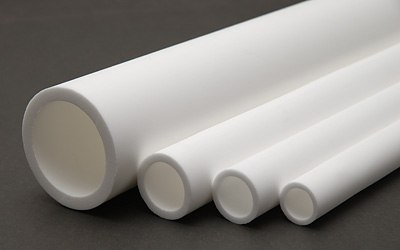 |
| 首頁 | |
| 產品資訊 | |
| 空氣壓縮機 | |
| 交流電系列 (AC) | |
| 直流電系列 (DC) | |
| 太陽能系列 (Solar) | |
| 曝氣材料 | |
| 燈型池塘過濾機 | |
| 產品目錄下載 | |
| 公司簡介 | |
| 聯絡我們 | |
| English | |
| 中文版(繁) | |
| 高密度聚乙烯多孔曝氣塑管 | |||||||||||||||||||||||||||||||||||||||||||||||
| HDPE Porous Plastic Tube | |||||||||||||||||||||||||||||||||||||||||||||||
High Density Polyethylene (HDPE) Porous Tube is a durable solution for fine pore diffusion of air and other gases. Each tube is designed to fit standard Schedule 40 PVC end fittings and couplings. The omni-directional porous structure is excellent for diffusing, sparging, and aeration applications, emitting a multitude of small, evenly distributed bubbles. 用途:
產品特性:
Fabrication Techniques:
|
|||||||||||||||||||||||||||||||||||||||||||||||
Throughout all HDPE porous plastic runs an intricate network of opencelled, onmi-directional pores. These pores, which can be made in average pore sizes down to one micron, give porous plastics their unique combination of filtering capability and structural strength. Unlike the direct passages in woven synthetic materials and metal screens, the pores in porous plastic join to form many tortuous paths giving porous plastics a dual filtering capability. Not only do they act as surface filters by trapping particles large than their average pore size, they also trap much smaller particulate matter deep in their complex channels for a "depth filter" effect. This tortuous path structure is so efficient that, as a rule of thumb, with an average pore size of 25 microns, offer you approximately the same filtration as many five micron-rated filters. HDPE can be used in continuous service at temperatures up to 180°F (82°C) and intermittently at 240°F (116°C). If not stressed, it is stable at 212°F (100°C) in continuous service. HDPE Porous Plastics are naturally hydrophobic, but aqueous solutions can be forced through under pressure. The material is cleanable with HCI (muriatic acid) or chlorine. Not recommended in presence of strong oxidizing acids, prolonged fire and sunlight and solvents above 176°F (80°C). |
|||||||||||||||||||||||||||||||||||||||||||||||
| 亞立達工業股份有限公司 版權所有 © 2025 |


 Characteristic
of HDPE Porous Plastic
Characteristic
of HDPE Porous Plastic